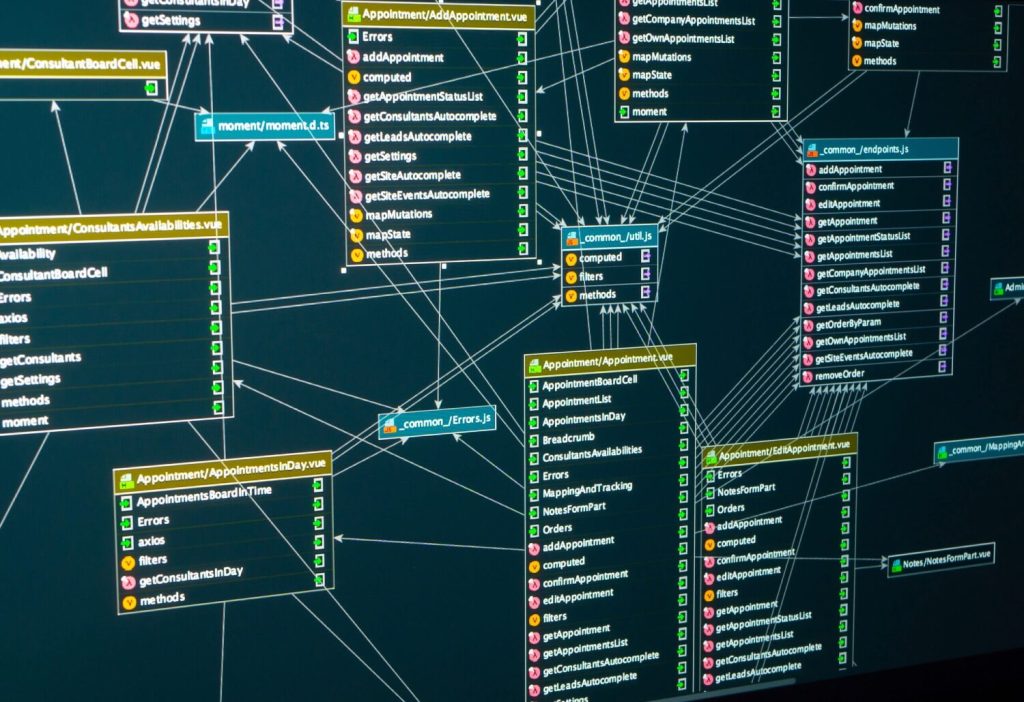Structured Query Language (SQL) is the standard language for managing and manipulating data in relational database management systems (RDBMS). One of the most popular RDBMS in the market is Microsoft SQL Server. If you’re new to SQL Server and want to learn how to create a database, this article will guide you through the process, step by step.
Step 1: Plan your Database
Before you create a database in SQL Server, you should first plan your database. Think about the data you want to store and how you want to organize it. Consider the tables, columns, and relationships you’ll need. Planning your database upfront can help you avoid common pitfalls and ensure your database meets your needs.
Step 2: Connect to SQL Server
To create a database in SQL Server, you’ll need to connect to SQL Server Management Studio (SSMS). SSMS is a graphical user interface (GUI) tool that allows you to manage SQL Server databases. Once you’ve launched SSMS, you’ll need to connect to your SQL Server instance using your credentials.
Step 3: Create a Database
With SSMS open and your SQL Server instance connected, you’re ready to create a database. To do this, right-click on the Databases folder in Object Explorer and select “New Database”. This will launch the New Database dialog box, where you can enter the database name, choose the owner, and set options such as the initial size and file growth.
Once you’ve entered all the required information, click “OK” to create the database. SQL Server will create the database and the required system tables.
Step 4: Create Tables and Relationships
Now that you’ve created your database, you can start creating tables and defining relationships between them. Tables are used to store data, and relationships define how data in one table is related to data in another table.
To create a table, right-click on the Tables folder in Object Explorer and select “New Table”. This will launch the Table Designer, where you can define the columns and properties of your table. Once you’ve created your table, you can create relationships between it and other tables using foreign keys.

Step 5: Populate Your Database with Data
With your tables and relationships defined, you’re ready to populate your database with data. You can do this manually by inserting data into your tables using SQL statements or by using SQL Server Integration Services (SSIS) to import data from other sources.
Creating a database in SQL Server may seem daunting at first, but it’s a straightforward process that anyone can learn. By following the steps outlined in this article, you can create a database that meets your needs and start managing your data like a pro. Remember to plan your database upfront, create your tables and relationships carefully, and populate your database with data that’s clean and accurate. With these best practices in mind, you’ll be well on your way to becoming a SQL Server expert.





